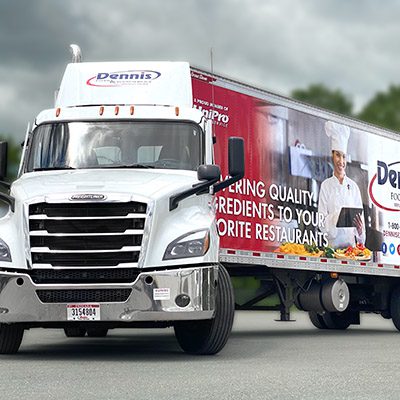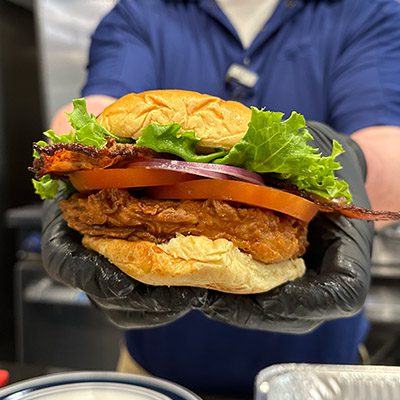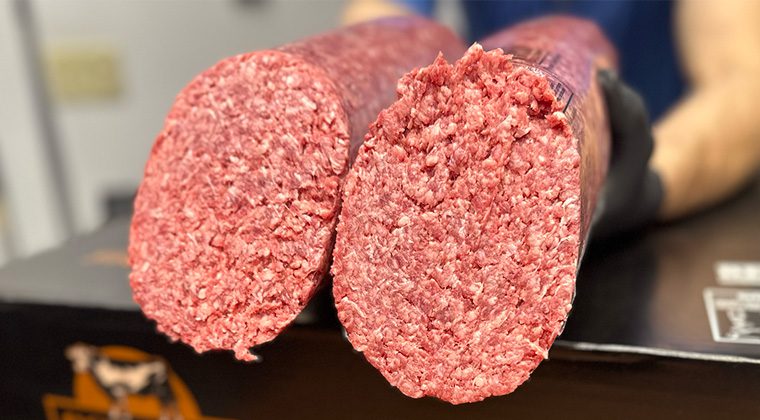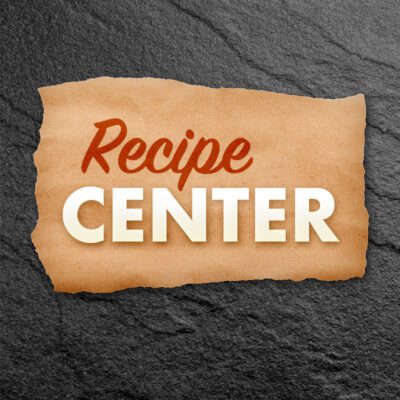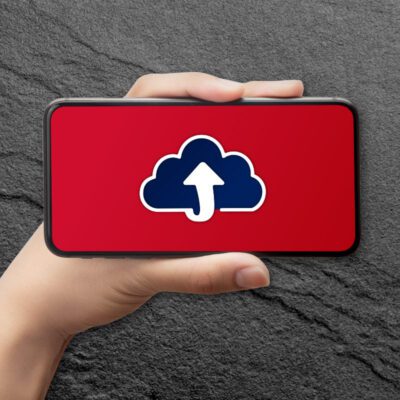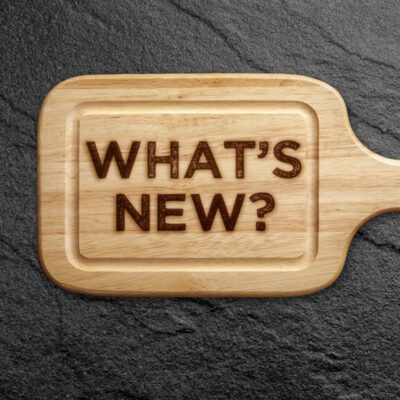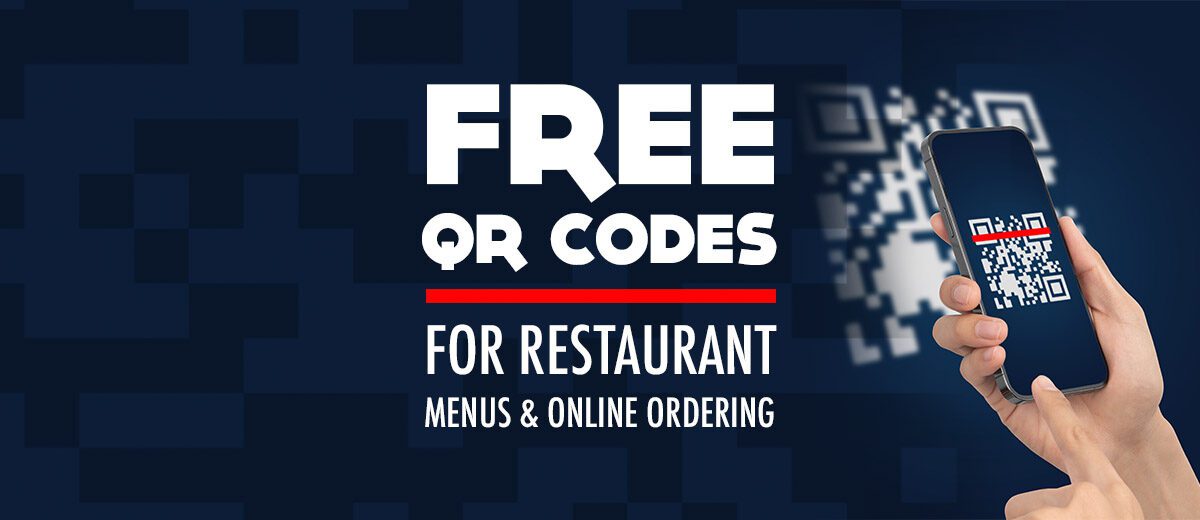
FREE QR Codes for Restaurant Menus and Online Ordering
Here’s how food service businesses can start making the most of free QR codes for digital menus and online ordering.
By Luke LaBree 🔎
CMO, Dennis Food Service
Whether you were driven to QR codes by the touchless adaptations of the pandemic or attracted by the convenience, customization, and extended business engagement offered to anyone with a smartphone in their pocket—you’ve decided it’s time. You are ready to use QR codes in your restaurant. Just one question remains. What the heck is a QR code?
Maybe you’ve scanned one with your smartphone camera. You might even use QR codes regularly. If you’ve scanned a mobile boarding pass to fly, you are transferring the information contained within the QR code to the airline’s computers. But using them doesn’t explain how a QR code works or how to make them. So first, let’s discuss what a QR code is and what it does–to understand better how your establishment can effectively start using them.
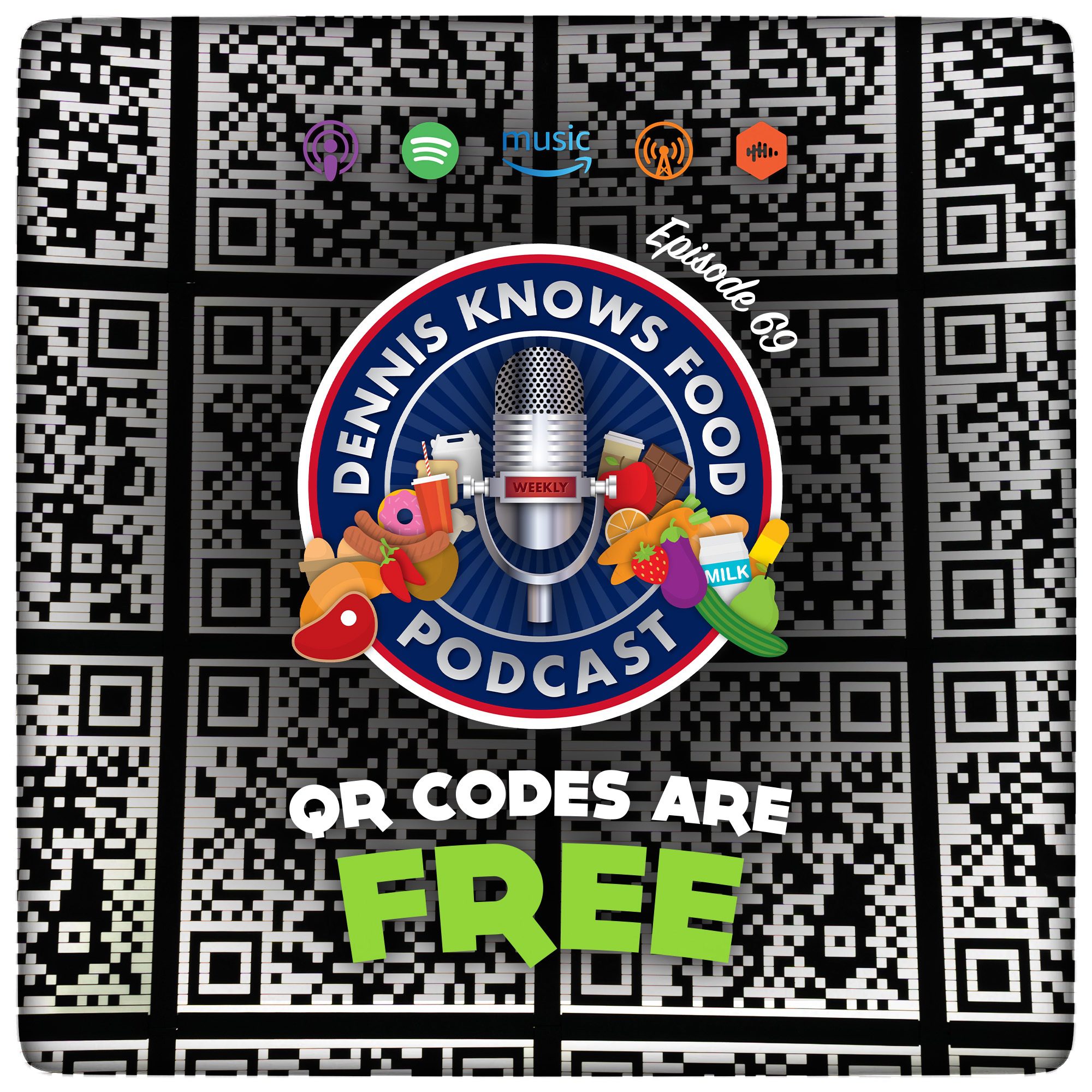
A Quick Response Code, aka QRC or QR code, is a machine-readable matrix barcode. Say what? … It’s a standardized symbol with a short message hard-coded into it. Typically, QR codes are a grid of squares that can be “read” by a camera or scanner from any orientation. Whether it is upside down or at an angle, a QR code will be read by a scanner perfectly and without error.(1) The key difference between a QR code and its predecessor, the barcode, is its ability to hold more information. Where a standard barcode can hold around 20 to 80 characters depending on the format, a QR code is capable of holding 4,269 characters.*
*If you’re fascinated by the history of the QR code and its journey into the widespread use we see today, you can read more about it here: The History of the QR code, https://www.qrcode.com/en/history/
What began as a means of simplifying retail and manufacturing processes has found many applications in the public sector, primarily driven by the widespread adoption of smartphones. The most recent surge in QR code use came during the pandemic, where they provided an ideal solution for quick, touchless access to information, menus, and ordering.
QR codes can perform a wide variety of actions. For this article, I will focus on the two actions your restaurant might utilize, 1) viewing a menu and 2) placing an online order.
This is certainly oversimplifying the capabilities of a QR code (given its ability to hold over 4,000 characters), but an easy way to think about using one is to consider it a shortcut to a website address. A QR code is an easy way to send someone to your online menu or ordering page without needing to type in a long website address. If you recall the days of manually typing in long website addresses, you will understand how speed and simplicity make QR codes an attractive solution.
Your restaurant menu might exist as a page on your website or as a PDF; maybe it’s saved on a 3rd party website like Facebook or MenuPix. QR codes make “what your menu is” and “where it is” irrelevant. This is because a QR code can take the user who scans it to any website address. It doesn’t matter if you point it to a webpage, a PDF, or an online ordering site. All the “instructions” to get there are contained in the code, with the user’s device handling the opening of whatever is on the other end. And, because you can host a litany of file types on your website, your menu can be everything from a standard webpage to a pdf, jpeg, or even video file.
What do you mean “point to?”… Pointing to something is another way of saying, “where is this going to take me?” The URL, or website address, you provide your QR code generator will be where the code is pointing to… where it will take the user. It’s the link, the destination, and the thing you want to share. Creating a QR code that points to a specific URL is like getting in a taxi and telling the driver where you want to go. QR codes are an easy way to take a user to a destination. The QR code doesn’t care where you’re going, just like the taxi driver doesn’t care; their purpose is to bring you to a destination.
How do you make your QR code? The internet is saturated with QR code generators. Most want you to pay, which doesn’t need to be the case. Remember, it’s just a bunch of pixels, a matrix of squares, that tells the user’s smartphone where to go. One of the best QR code generators I’ve found is qrcode-monkey.com. It’s a professional QR Code Management platform to create, track and edit all your QR codes in one place. “QRCode Monkey is one of the most popular free online QR code generators with millions of already created QR codes. The high resolution of the QR codes and the powerful design options make it one of the best free QR code generators on the web that can be used for commercial and print purposes.” (3)
I prefer QRCode Monkey over other platforms because it unobtrusively allows you to generate and download a free code. In my opinion, this is what you want. There are pros and cons to the alternative paid services, which I will touch on in a bit, but true QR codes will always contain the information they were created with.
Let’s recap. A QR code points to a destination URL you provide. Scanning the QR code tells the user’s smartphone to go to that destination. Once at the destination, the smartphone displays the content for the user.
“But, my menu isn’t on my website…”
If you don’t have a website, there are options like Facebook or MenuPix as temporary hosting solutions for your QR code’s destination. See: “How to add your menu to Facebook“, or “How to add your menu to MenuPix“. However, using your actual business domain is the preferred practice as it provides stronger branding and better-perceived trust/security.
If your menu is already on your website, congratulations! You’re only a few copy-paste steps away from a QR code that takes people there. All you need to do is copy the URL from the address bar and paste it where indicated in the QR code generator of your choice.
If your menu is not yet on your website, you can put it there. Most restaurant websites will fall into one of three scenarios.
- Self-hosted: you registered the domain, paid for hosting, created the website, and make the updates.
- DIY-hosted: you used a Wix or SquareSpace style platform where you dragged-and-dropped your way to a new website.
- Agency-hosted: you opted to have professionals bring your big, bold, custom website vision to life.
The option to create a dedicated page for your menu exists within each of the above scenarios. The hardest part might be finding that feature or typing out your whole menu. When published, the URL of your menu might then look something like this… www.myrestuarant.com/menu or www.myrestuarant.com/menu.html. Page-based menus load fast, provide search ranking benefits (SEO) to your site, work on the widest variety of device types and screen sizes, and are generally more accessible.
An alternative method for sharing your menu online is to provide a standalone file such as a PDF, Jpeg, or PNG. In this instance, the menu file should be hosted on your website’s server (which is how you will get a URL to point to.) Perhaps you’ve identified which category of website user you fall into, and the process of how you might upload a file is bubbling forth in your mind. Whether uploaded through an FTP program, a drag-and-drop feature in your DIY platform, or through your agency’s content management system, once uploaded, the URL of your menu file might look something like this… www.myrestaurant.com/uploads/restaurant_menu.pdf or www.myrestaurant.com/library/images/restaurant_menu.jpg.
There are advantages to providing your menu as a file; it’s easier for a user to save the menu on their device, it can be easier to print and share, it can be easier to convey small details, and it can better communicate your visual branding. Plus, if your menu is professionally printed, there’s a good chance the printer can provide you with a PDF copy of your menu for use online.
My recommendation, use both. If you’ve got the time, resources, or relationships to accomplish it–there’s no reason you couldn’t offer users both options. A page-based menu provides speed, ease of use and SEO benefits, while a downloadable menu file maintains branding and is easily shared or printed. And the most straightforward approach for providing both menus is to offer a page-based menu and a link for your “downloadable” menu.
Why PAY for QR codes? As I said, there are plenty of ways to get charged for using QR codes… but why? Some platforms offer advanced options, including linking to different media types, tracking the number of scans, and more. And there are platforms specifically for restaurants to build advanced QR code-based menus. This platform seems to offer nice features and is very reasonably priced: https://qrmenu.my The important thing to remember is that once you stop paying for these services, the QR codes you created with it will likely stop working. This, again, is why I prefer and recommend free, hard-coded QR codes – they’ll work for as long as the destination you’re pointing to exists.
(1) QR Code Data Size: How Much Data Can a QR Code Hold? – https://www.qrcode-tiger.com/qr-code-data-size
(2) Wikipedia / Adoption – https://en.wikipedia.org/wiki/QR_code
(3) QR code Monkey – https://www.qrcode-monkey.com/
